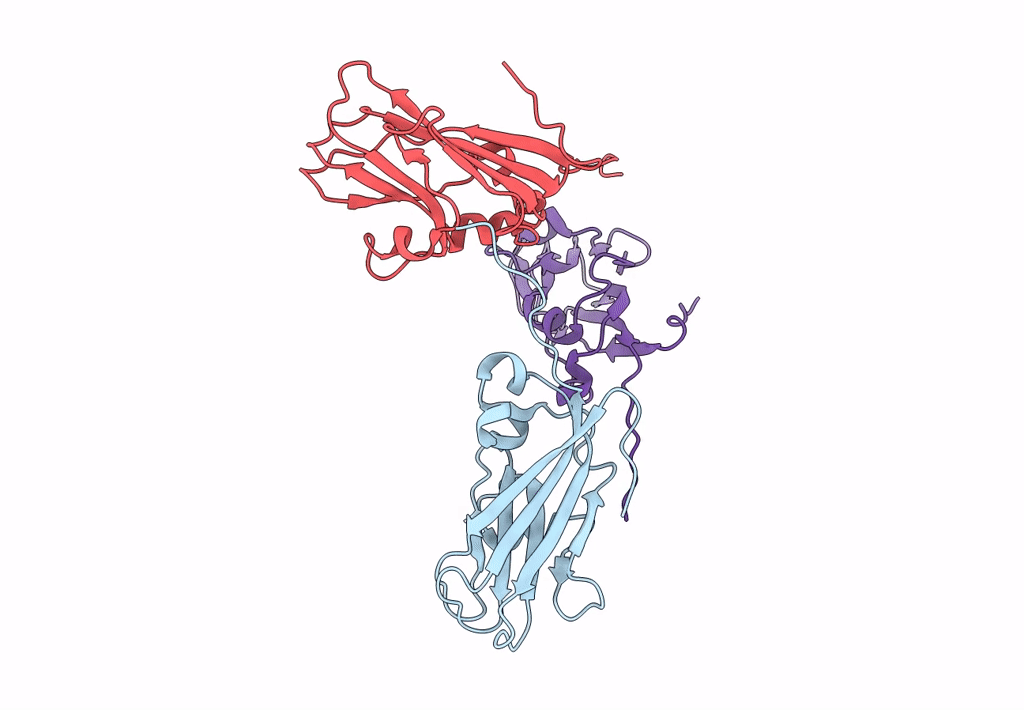
Deposition Date
2023-03-03
Release Date
2023-09-27
Last Version Date
2023-09-27
Method Details:
Experimental Method:
Resolution:
3.90 Å
Aggregation State:
PARTICLE
Reconstruction Method:
SINGLE PARTICLE


